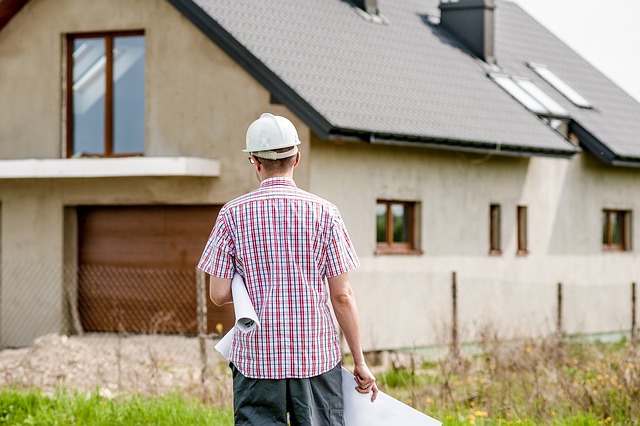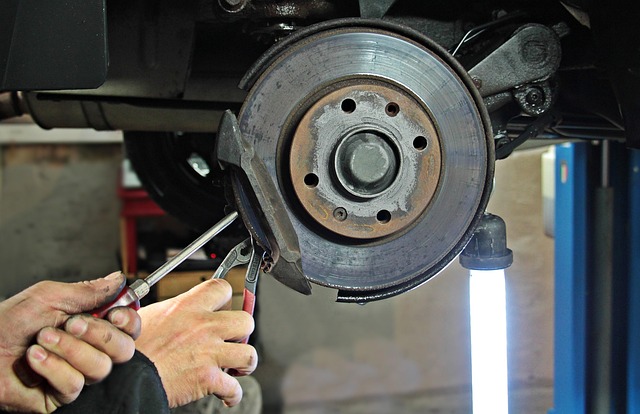Homeowners often overlook window replacement as a key component of home repair and maintenance, despite its significant impact on energy efficiency and comfort. Windows degrade over time due to age, weather, or poor installation, leading to issues like cracked seals and inefficient insulation. Replacing windows every 15-20 years with regular checks is recommended. New windows enhance energy efficiency, improve aesthetics, and create a more comfortable living space. The installation process involves precise measurement, careful removal of old windows, and meticulous sealing and trim work to ensure functionality, maintenance, and optimal insulation. Choosing the right materials (vinyl, wood, fiberglass) and styles, considering energy-efficient options with double/triple glazing, is crucial for effective home repair and maintenance.
Considering window replacement? This comprehensive guide explores home repair and maintenance essentials for your next project. From understanding when and why replacement is necessary to a step-by-step installation process and choosing the right windows, we’ve got you covered. Discover expert tips on materials, styles, and energy efficiency to ensure a successful upgrade that enhances comfort and saves money.
- Understanding Window Replacement: When and Why It's Necessary
- The Process of Window Installation: Step-by-Step Guide
- Choosing the Right Windows: Materials, Styles, and Energy Efficiency
Understanding Window Replacement: When and Why It's Necessary

Many homeowners often overlook window replacement as a necessary part of home repair and maintenance, but it’s an essential aspect that can significantly impact energy efficiency and overall comfort. Over time, windows deteriorate due to various factors such as age, exposure to harsh weather conditions, or improper installation. Cracked seals, single-pane glass, and inefficient insulation are common issues that signal the need for a window replacement.
When considering a window replacement, it’s crucial to understand when your current windows have reached their lifespan. Most experts recommend replacing windows every 15-20 years, although this can vary based on factors like quality of manufacturing and environmental conditions. Regular maintenance checks can help identify early signs of wear and tear, ensuring that small issues don’t escalate into costly repairs. By investing in new windows, homeowners not only enhance their home’s energy efficiency but also improve its overall aesthetics and comfort, which is vital for a pleasant living environment.
The Process of Window Installation: Step-by-Step Guide

The process of window installation involves several key steps, ensuring a secure and energy-efficient fit for your home. It begins with meticulous measurement to accurately determine the size and type of window needed. This precision is crucial for both functionality and home repair and maintenance, as incorrect sizing can lead to drafts and reduced insulation.
Next, the old window is carefully removed, taking care not to damage the surrounding framing. Once the area is prepared, the new window is placed, ensuring it sits level and square. Seals and gaskets are then installed around the window’s perimeter for a tight seal, enhancing energy efficiency. Finally, hardware like hinges and locks are fitted, and any necessary trim work is completed, resulting in a sleek, secure, and functional new window.
Choosing the Right Windows: Materials, Styles, and Energy Efficiency

When considering window replacement as part of your home repair and maintenance routine, selecting the right windows is paramount. The first step involves understanding the materials used in their construction. Modern windows are available in a variety of options, from vinyl and wood to fiberglass. Each material has its unique advantages; for instance, vinyl is known for its durability and low maintenance, while wood offers excellent insulation properties and an authentic aesthetic.
Furthermore, different window styles cater to various architectural tastes and functional needs. From classic casement windows to sleek sliding ones, each design brings its own charm. Energy efficiency is another critical factor; double- or triple-glazed windows with low-emissivity coatings can significantly improve insulation, reducing heating and cooling costs. Choosing energy-efficient models not only contributes to environmental sustainability but also enhances the comfort of your home.
Window replacement is a valuable investment in your home’s repair and maintenance. By understanding when and why it’s necessary, following a meticulous installation process, and selecting the right materials for your needs, you can enhance energy efficiency, improve curb appeal, and ensure long-lasting performance. With these key considerations, you’ll be well on your way to transforming your living space into a more comfortable and sustainable home.
